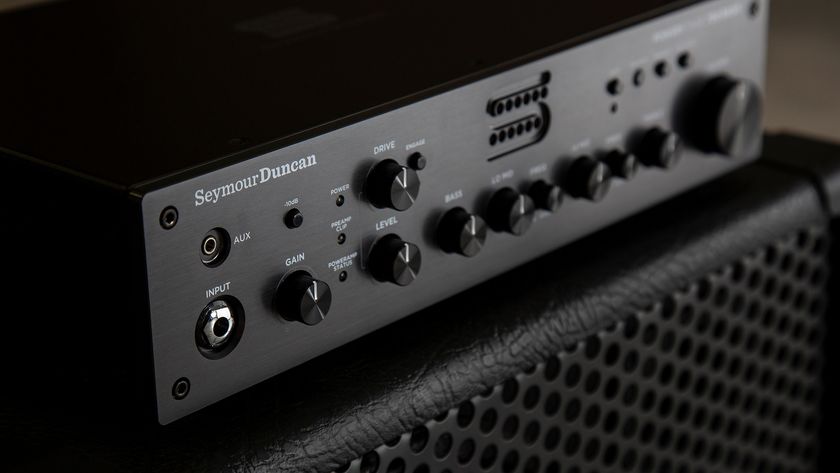“I got food poisoning. When I’d stopped throwing up, the first thing we did was the solo for Love In An Elevator”: Joe Perry on the unlikely origins of Aerosmith’s greatest guitar moments – and the big regret of his 600-strong guitar collection
With the Peace Out Tour bringing the curtain down on America's greatest rock 'n' roll band, Joe Perry joins us to take us back to the start for a career-spanning interview
You’re only as good as your next record…
The first album, titled simply Aerosmith, had some great, rocking songs including Mama Kin, later covered by Guns N’ Roses. But the biggest song that on that record was of course Dream On…
“Steven had been working on this riff for a while. He had it in his pocket for years. His father was a Juilliard graduate who taught music and played piano, an exceptional player, and Steven learned a lot from him. So Steven had this tune he was constantly working on, but it got to a point where I don’t think he really wanted to play piano on it, so we transposed it over and picked up the same vibe on guitar.
“It was real chords, so when you hear that song, the first thing you hear is guitar. Then we added Mellotron, and it’s now an integral part of how we play it live. But back then, we didn’t want to lug a piano around, so it worked.”
The record label was ready to drop us after the first album wasn’t a hit... You think that once you get a record deal, you’re set. But that’s just the start
That song is a great early example of the interplay between you and Brad Whitford.
“When we finally arranged the song, there were certain parts where I felt I could do a better job on it and others where Brad could do a better job. That’s why we split up the guitar, and some of my favourite parts of the song are the parts that Brad plays. That’s how we followed it – whatever seemed to work, that’s who filled the spot. And whoever wrote the basic guts of the song, that’s who’d get to play the solo. That was the unwritten rule of how things evolved.”
With the second album, Get Your Wings, things got a little weird for you and Brad when two other guitarists, Steve Hunter and Dick Wagner, were brought in to play solos on the opening track Same Old Song And Dance and a cover of Train Kept A-Rollin’.
It was a decision made jointly by the album’s producer Jack Douglas and executive producer Bob Ezrin – the latter having used Hunter and Wagner when working with Alice Cooper and Lou Reed. This must have been a difficult time for you and Brad.
Get The Pick Newsletter
All the latest guitar news, interviews, lessons, reviews, deals and more, direct to your inbox!
“The record label was ready to drop us after the first album wasn’t a hit. We had already struggled to get the record deal, and they were ready to drop us. You think that once you get a record deal, you’re set. But that’s just the start. The second record, man, it’s a bitch! So the label said, ‘We’ll give you another go as long as you bring in Bob Ezrin’.
“He was one of the top producers at the time – and I’ve gotten to know him well now – but we were under their thumb. Jack Douglas was brought in to do the day-to-day stuff, but and Bob would come in every couple of weeks to listen to what was going on, but he kind of handed it off to Jack.”
“Of course we were on the fence about bringing in sidemen to play some of the stuff, but we kind of made a deal with the Devil because we wanted our shot at a second record. Brad and I weren’t happy about it, but that’s what it was going to take to keep us on the label and keep us going, so we did what we felt we had to do.
“For better or worse, we opened that door, but that was certainly the last time. After that second record came out, they re-released Dream On, it was a hit, and suddenly we had the power. Then it was a whole different story.”
After that difficult experience with Get Your Wings, how did you approach the sessions for the third album Toys In The Attic?
“I’d learned a lot about what I wanted to do and what the fans responded to. I wanted to make music that the fans would want to come and hear. I always saw myself that way – I always was a fan first. I still am. I don’t take anything for granted. And you’re only as good as your next record, man!”
The bottom line is that it all comes from your hands. But with a Strat, I always felt like you could get a little more out of it
Toys In The Attic was Aerosmith’s first masterpiece and is now acclaimed as one of the all-time great hard rock albums. It was also the band’s commercial breakthrough. You had a vision, knew what you wanted, and executed it. What gear defined that period for you?
“I always felt like we should sound like one of us was playing a Fender Strat and the other was playing a Gibson Les Paul. We liked the idea of having two different guitar sounds. I think a lot of people, when they think of us in those years, are us playing Les Pauls. But I recorded a lot with Strats. I was definitely a stone-cold Gibson man, but I seemed to gravitate more toward Strats and that variety of tones.
Ergonomically, a Strat is laid out so well – the volume knob is right there, it’s a little thinner, you’ve got the toggle switch. It seemed like you could go more places with a Strat
“The bottom line is that it all comes from your hands. But with a Strat, I always felt like you could get a little more out of it. Plus, you had the vibrato, which you could use as a sound effect, and musically I always felt like it was like one more colour on your paint palette. And just ergonomically, a Strat is laid out so well – the volume knob is right there, it’s a little thinner, you’ve got the toggle switch. It seemed like you could go more places with a Strat.”

But as you say, many people always associate you with Les Pauls in the ’70s, particularly your famed ’59 ’Burst.
“That was an important guitar, but I wasn’t glued to it. When it was time for a Les Paul, yes, that was it. And I didn’t really have that many Les Pauls then, though I look back at pictures and it seems like I had a dozen! But that was the guitar. As far as a Les Paul, yeah, that was it. I loved the way the neck of a Les Paul felt, the thickness of it.”
The producer Jack Douglas had said, ‘We need another rocker’. So I sat down on a Marshall 2x12 and came up with the Toys riff
Toys In The Attic has so many great songs, so many great guitar moments – the funky riff in Walk This Way, the cool talkbox intro in Sweet Emotion, the frantic riffing in the title track. What do you remember about writing and recording that stuff?
“We were under pressure to write sh*t in the studio, but I had riffs waiting around to play for Steven. Walk This Way happened in a soundcheck one day. I always had things ready for Steven to see if it was something he could wrap his head around. If it was, that’s what we’d end up working on. And then everybody would throw it into the pot and we’d go from there.
“I remember sitting on a little combo amp and coming up with the riff for the song Toys In The Attic. The producer Jack Douglas had said, ‘We need another rocker’. So I sat down on a Marshall 2x12 and came up with the Toys riff. Anyone who plays guitar will understand that you don’t always know where a riff comes from, but you’ll just be tapping your foot, and suddenly you’re playing, and you just hope the tape is running because you’ll probably forget it.”
Current page: Things get weird with Get Your Wings
Prev Page Aerosmith: The start of an American rock legend Next Page The Six-String Bass & Other DelightsAndrew Daly is an iced-coffee-addicted, oddball Telecaster-playing, alfredo pasta-loving journalist from Long Island, NY, who, in addition to being a contributing writer for Guitar World, scribes for Bass Player, Guitar Player, Guitarist, and MusicRadar. Andrew has interviewed favorites like Ace Frehley, Johnny Marr, Vito Bratta, Bruce Kulick, Joe Perry, Brad Whitford, Tom Morello, Rich Robinson, and Paul Stanley, while his all-time favorite (rhythm player), Keith Richards, continues to elude him.
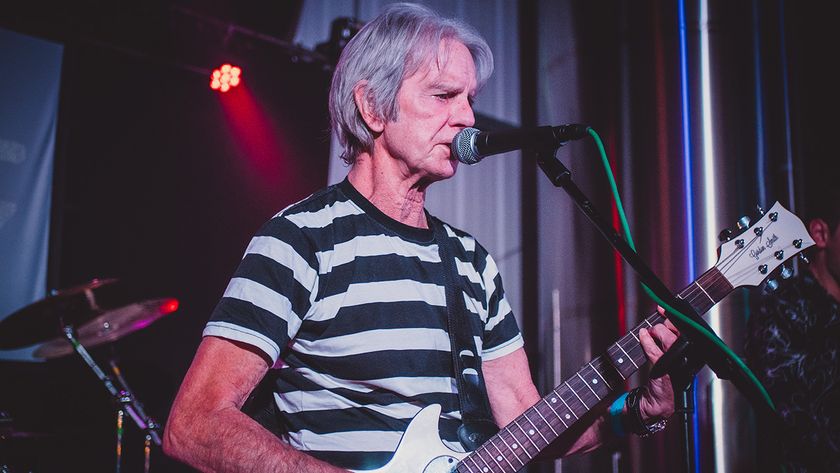
“I get asked, ‘What’s it like being a one-hit wonder?’ I say, ‘It’s better than being a no-hit wonder!’” The Vapors’ hit Turning Japanese was born at 4AM, but came to life when two guitarists were stuck into the same booth
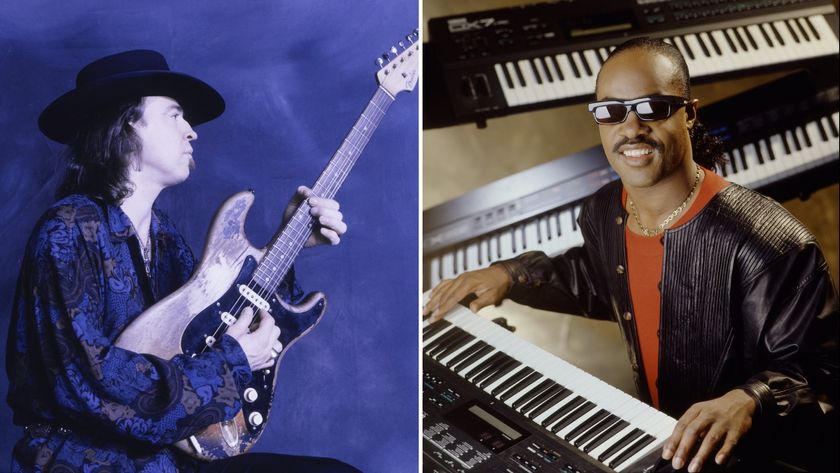
“Let's play... you start it off now, Stevie”: That time Stevie Wonder jammed with Stevie Ray Vaughan... and played SRV's number one Strat





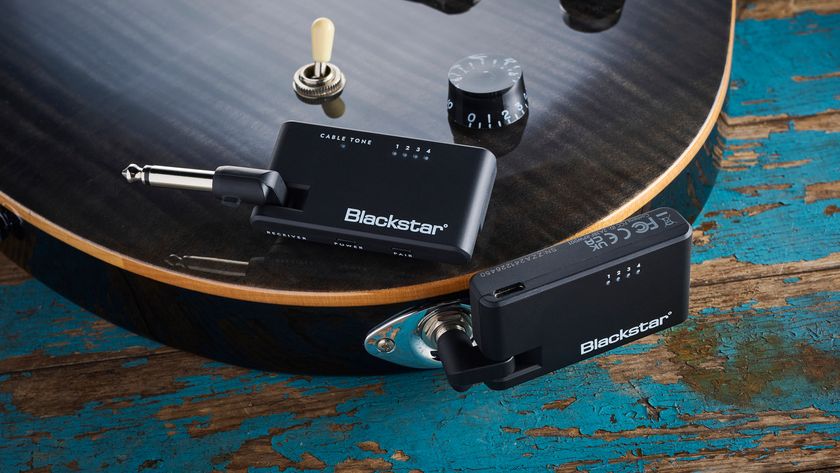
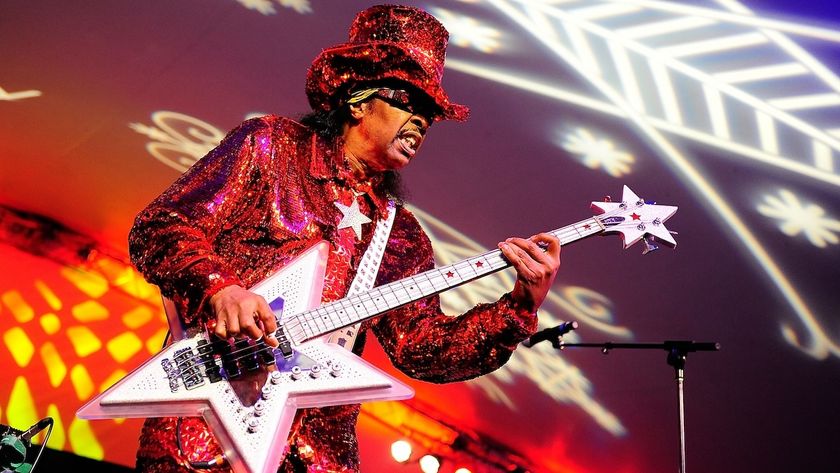


![[L-R] George Harrison, Aashish Khan and John Barham collaborate in the studio](https://cdn.mos.cms.futurecdn.net/VANJajEM56nLiJATg4P5Po-840-80.jpg)
